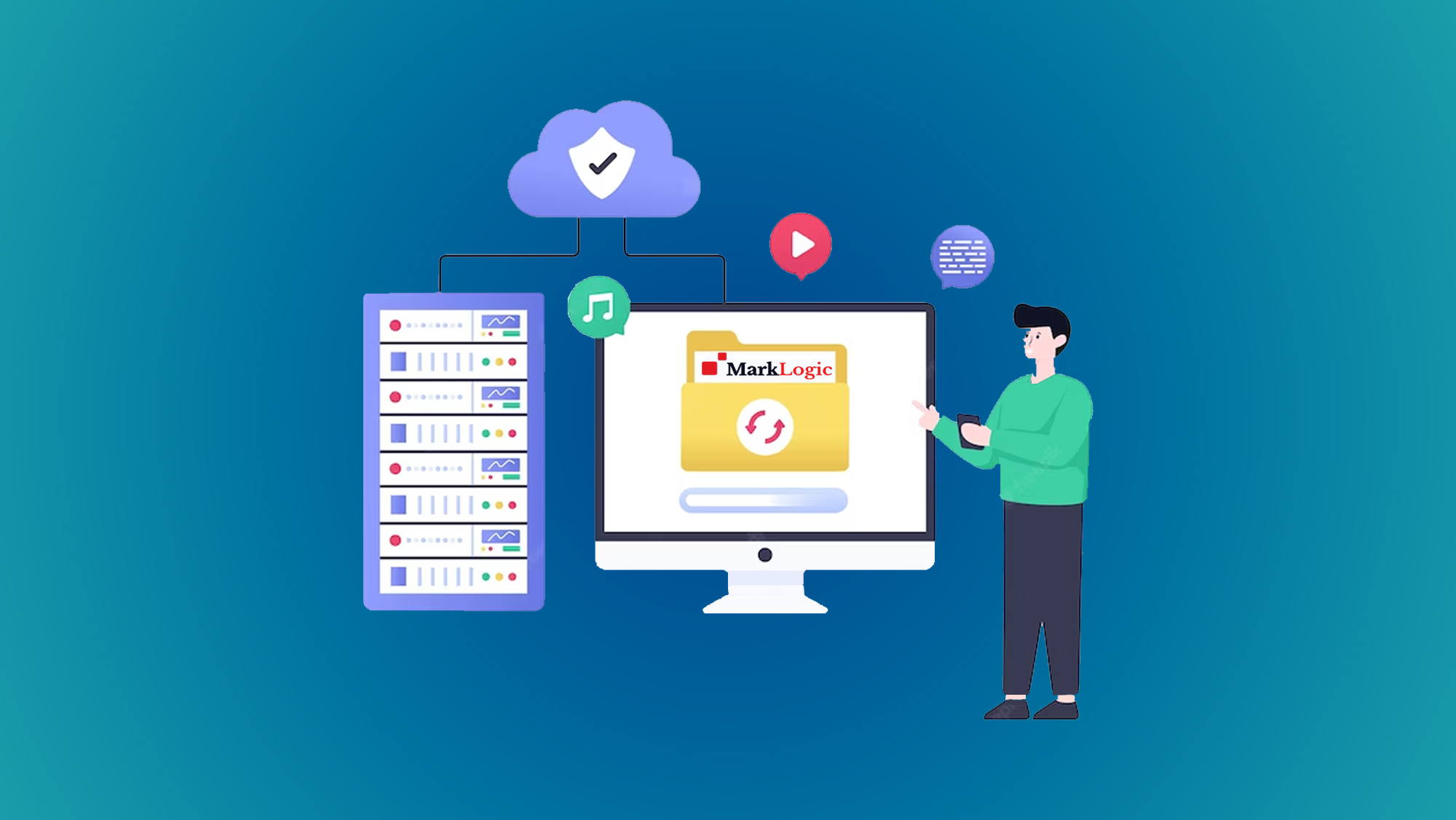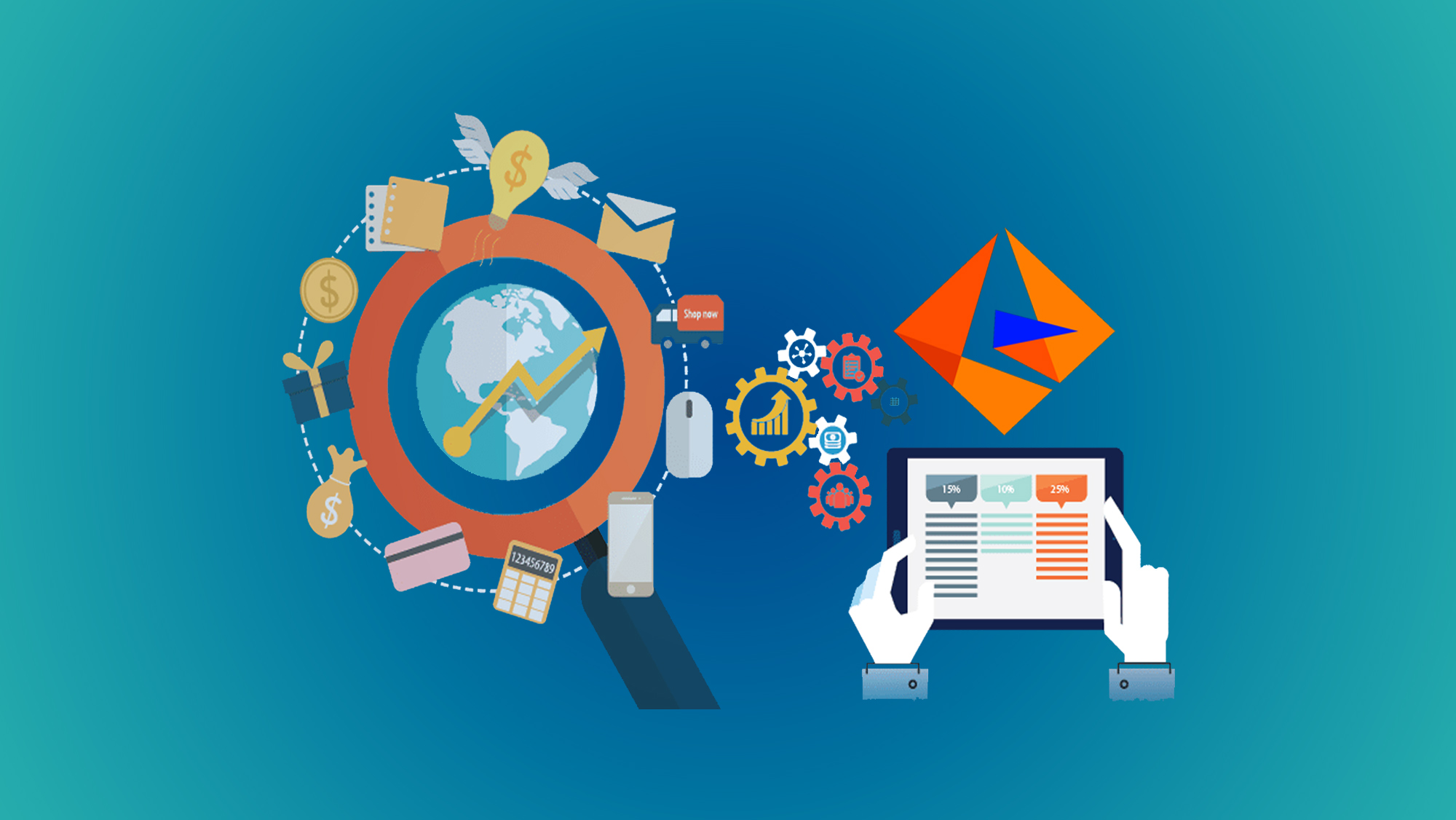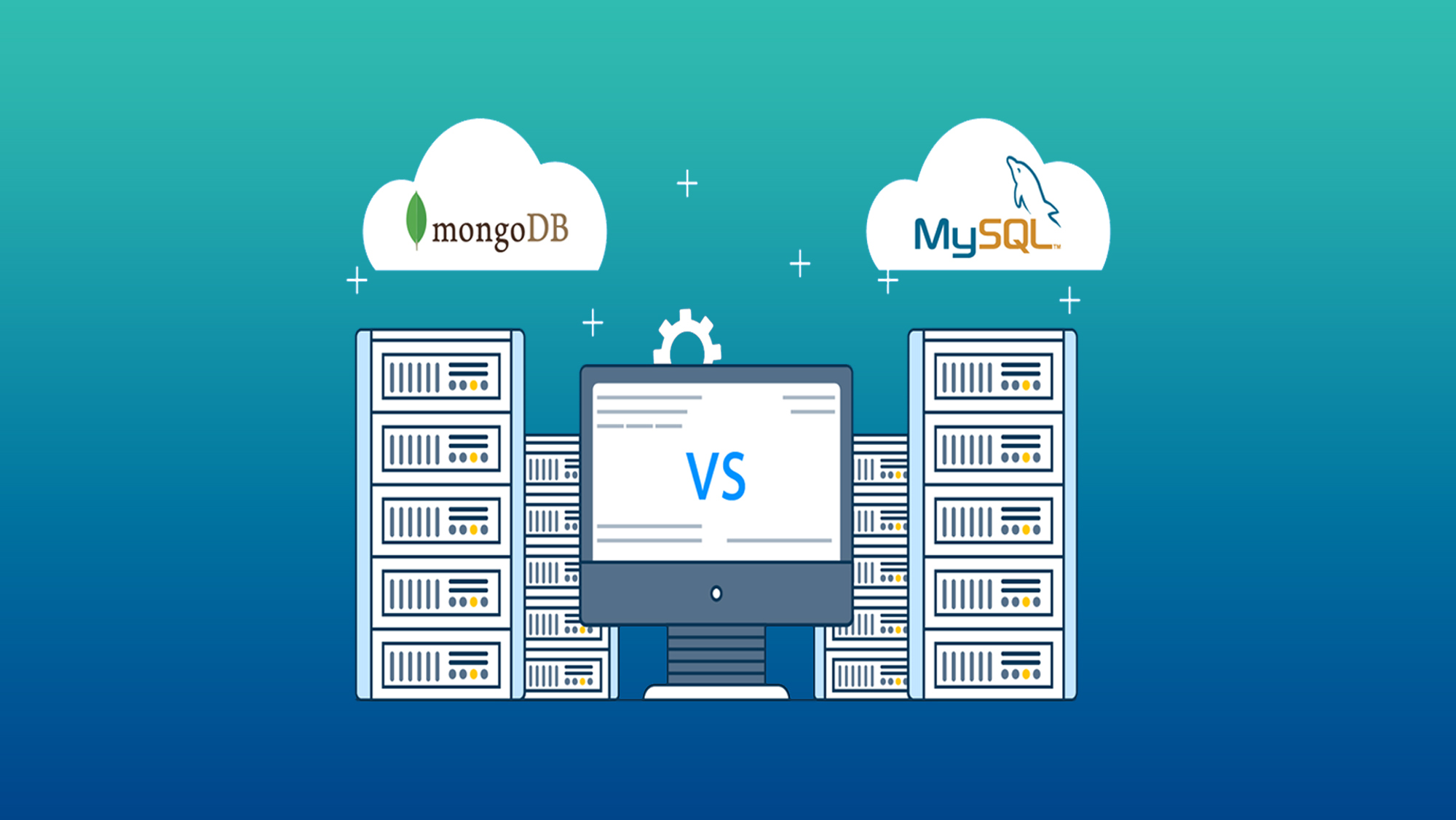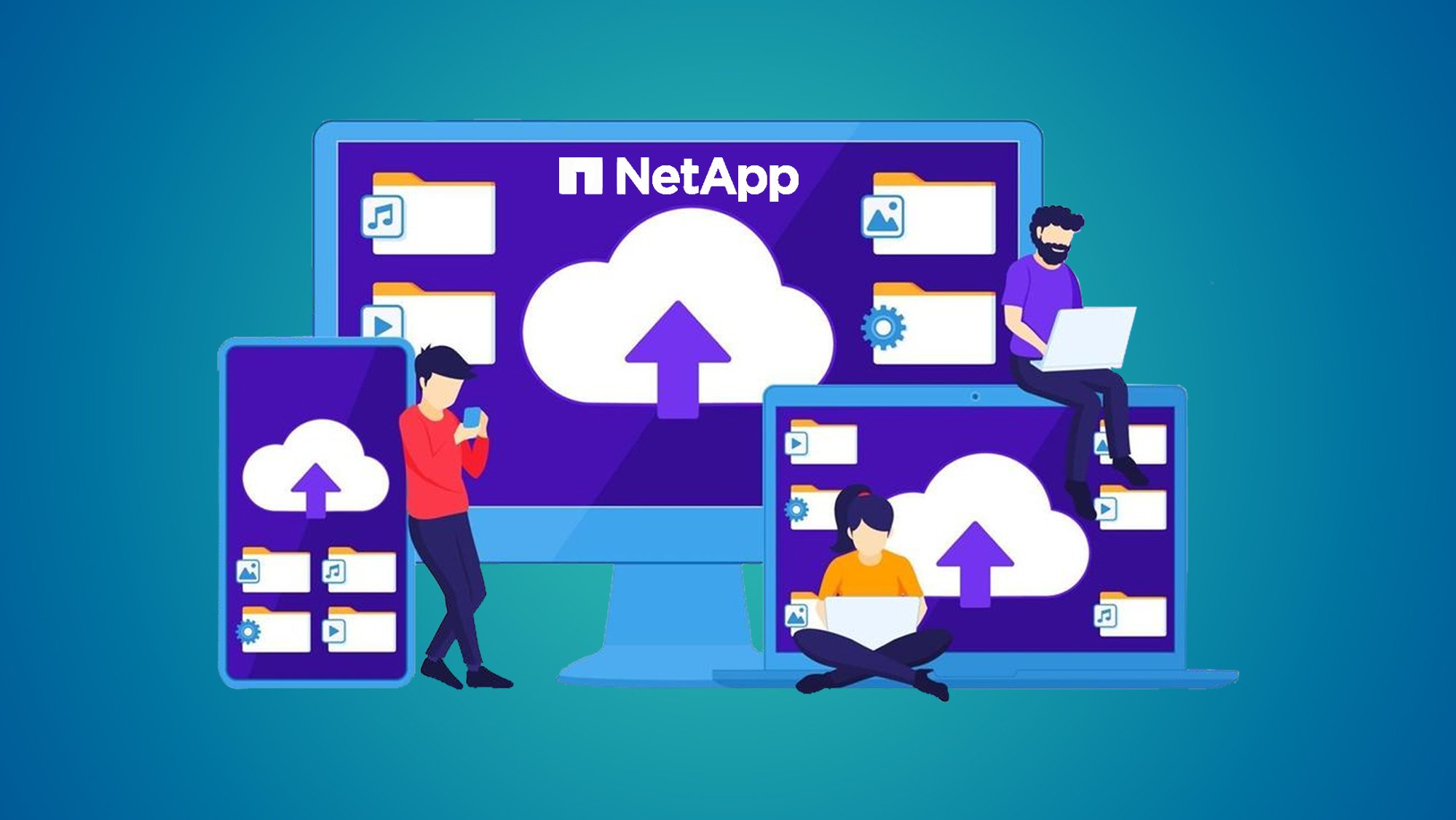Mastering Data Management with NetApp: Essential Tips and Strategies
Introduction:
In today's digital era, data has become the backbone of every business operation, decision, and strategy. Managing this data efficiently and effectively has become a critical aspect of business success. NetApp, a prominent leader in data management solutions, provides a comprehensive toolkit to help organizations master the art of data management. In this blog post, we will delve into essential tips and strategies for achieving data management excellence with NetApp.
Understanding NetApp's Data Management Solutions:
NetApp offers a suite of cutting-edge data management solutions designed to address the evolving challenges of data storage, protection, accessibility, and analysis. From on-premises storage systems to cloud integration and data analytics tools, NetApp empowers businesses to harness the true potential of their data. Let's explore key strategies for leveraging NetApp's offerings effectively.
1. Embrace a Unified Data Strategy:
One of the cornerstones of effective data management is adopting a unified approach. NetApp's Unified Data Fabric Architecture provides a cohesive framework that enables seamless data movement across different environments. This architecture allows organizations to break down data silos, ensuring that data can be accessed, shared, and analyzed across on-premises and cloud infrastructures without friction.
2. Leverage Hybrid Cloud Capabilities:
NetApp's hybrid cloud solutions bridge the gap between on-premises infrastructure and cloud environments. By utilizing solutions like Cloud Volumes ONTAP and Azure NetApp Files, businesses can seamlessly extend their data centers to the cloud. This strategy enhances scalability, agility, and cost-efficiency while maintaining data integrity and security.
3. Prioritize Data Protection and Disaster Recovery:
Data loss can be catastrophic for any organization. NetApp's data protection features, including snapshots, replication, and backup, provide multiple layers of defense against data loss. These mechanisms ensure that even in the face of unexpected events, data can be quickly restored, minimizing downtime and preserving business continuity.
4. Optimize Data Storage Efficiency:
Efficient data storage is not just about capacity; it's also about maximizing resource utilization. NetApp's storage solutions incorporate data deduplication, compression, and thin provisioning, reducing storage footprints and optimizing performance. Whether it's All-Flash or Hybrid Flash arrays, NetApp's technology ensures that critical applications run smoothly while managing storage costs effectively.
5. Uncover Insights with Data Analytics:
Data becomes invaluable when it's transformed into insights. NetApp's data analytics tools, such as NetApp DataOps, enable organizations to glean meaningful insights from their data. By streamlining data analytics workflows, these tools empower businesses to make informed decisions and drive innovation based on data-driven insights.
6. Ensure Compliance and Security:
Protecting sensitive data and adhering to regulatory requirements is a non-negotiable aspect of data management. NetApp's solutions offer robust security features, including encryption, access controls, and auditing capabilities. These features help organizations maintain data integrity, confidentiality, and compliance with industry regulations.
7. Automate Routine Tasks:
Automation is the key to managing data at scale. NetApp's automation and orchestration tools empower organizations to automate routine tasks, provisioning, and data workflows. This not only enhances operational efficiency but also minimizes the risk of errors caused by manual intervention.
8. Invest in Training and Skill Development:
To truly master NetApp's data management solutions, investing in training and skill development is essential. NetApp provides a range of training courses and certifications, equipping IT professionals with the knowledge and expertise to effectively implement and manage NetApp solutions.
9. Tap into the NetApp Community:
NetApp's thriving user community offers a wealth of insights, best practices, and solutions to common challenges. Engaging with this community provides an opportunity to learn from experienced professionals, stay updated with industry trends, and gain practical insights into optimizing NetApp deployments.
10. Prepare for Future Growth:
As data continues to expand exponentially, scalability becomes a critical consideration. NetApp's solutions are designed with scalability in mind, allowing organizations to accommodate growing data volumes seamlessly. By embracing NetApp's scalability features, businesses can future-proof their data management strategies.
Conclusion:
Mastering data management with NetApp goes beyond technology; it's about understanding your organization's unique data needs and tailoring NetApp's solutions to fit those requirements. By adopting a unified data strategy, leveraging hybrid cloud capabilities, prioritizing data protection, optimizing storage efficiency, and tapping into the power of data analytics, your organization can unlock the full potential of its data. Remember, NetApp's offerings provide the tools, but it's your strategic approach and implementation that will truly elevate your data management game in this data-driven world.
You May Also Like
These Related Stories

Everything You Need to Know About MarkLogic Training

Mastering Data Integration: A Guide to Informatica's PowerCenter




No Comments Yet
Let us know what you think